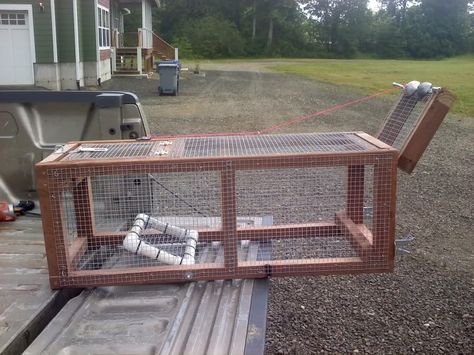
#Armadillo traps professional
Armadillos have a keen sense of smell, and they might be attracted to your yard because of the food sources they can smell.Ī professional from Critter Control will be able to identify whether you have an armadillo problem based on signs from their experience and training: So the first thing you would notice are shallow holes and upturned plants. Armadillos need loose soil as they dig with their nose, and any soil that is dense would make it hard for them to dig for food. In winter, however, when temperatures are cooler, they will forage during the day. When an Armadillo is in the YardĪrmadillos are mostly nocturnal, so they might be hard to spot on your own. They dig shallow holes in their search for food and shelter, which mars lawns and upturns garden beds, creating the need for armadillo removal. While their diet rids us of potentially harmful insects such as grubs, spiders, and termites, they will also eat root plants in the garden such as carrots and beets.

The nine-banded armadillo is the only species to live in the U.S. They have little fat tissue and need water often, so even though they continue to migrate farther north, they can only live in climates that are somewhat warm and humid.

states from Texas and Florida and as far north as Missouri and North Carolina. Tab will move on to the next part of the site rather than go through menu items.Īrmadillos were once a species found only in South and Central America, but they have been rapidly migrating northward and can now be found in many U.S. Enter and space open menus and escape closes them as well. Up and Down arrows will open main level menus and toggle through sub tier links.

Left and right arrows move across top level links and expand / close menus in sub levels. The site navigation utilizes arrow, enter, escape, and space bar key commands.


 0 kommentar(er)
0 kommentar(er)
